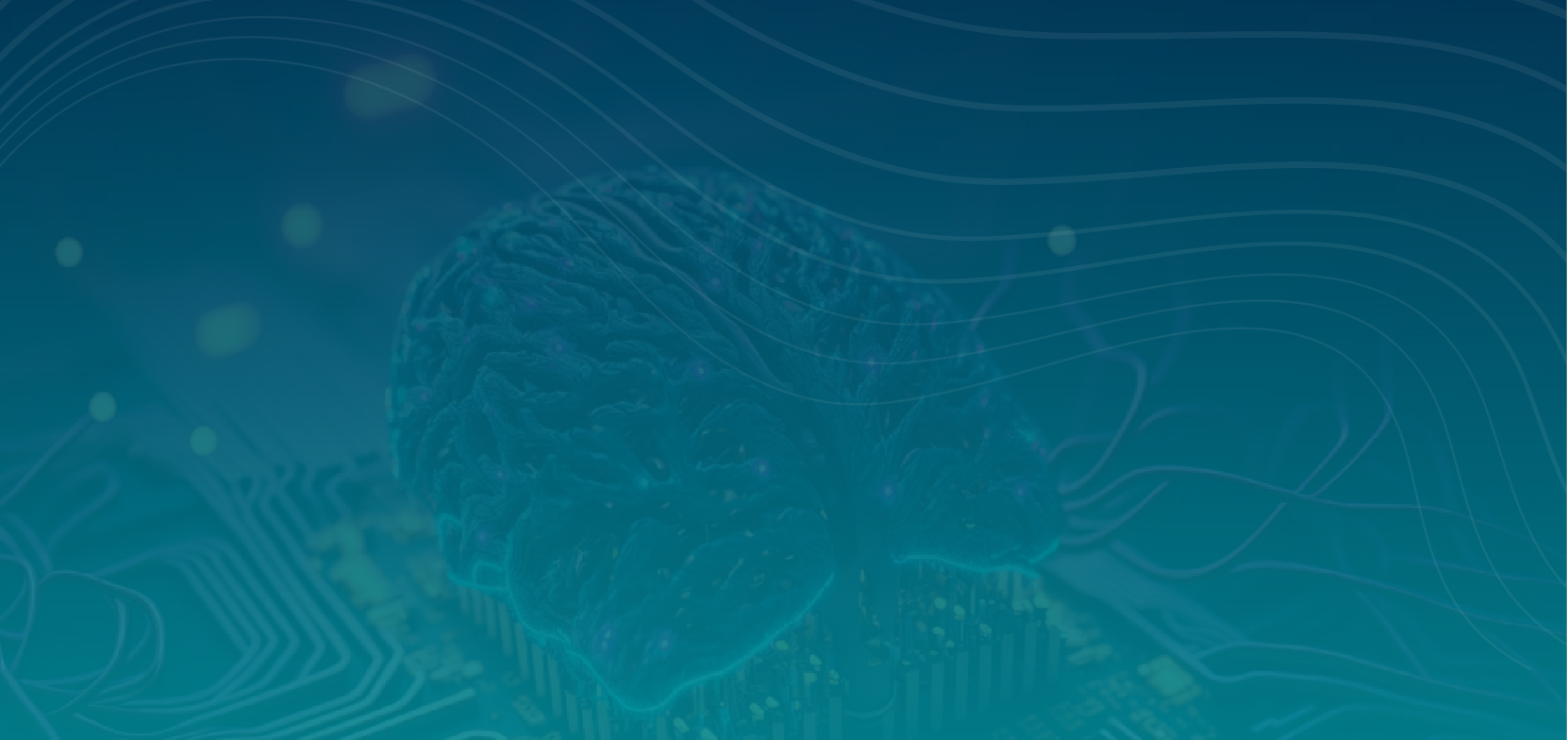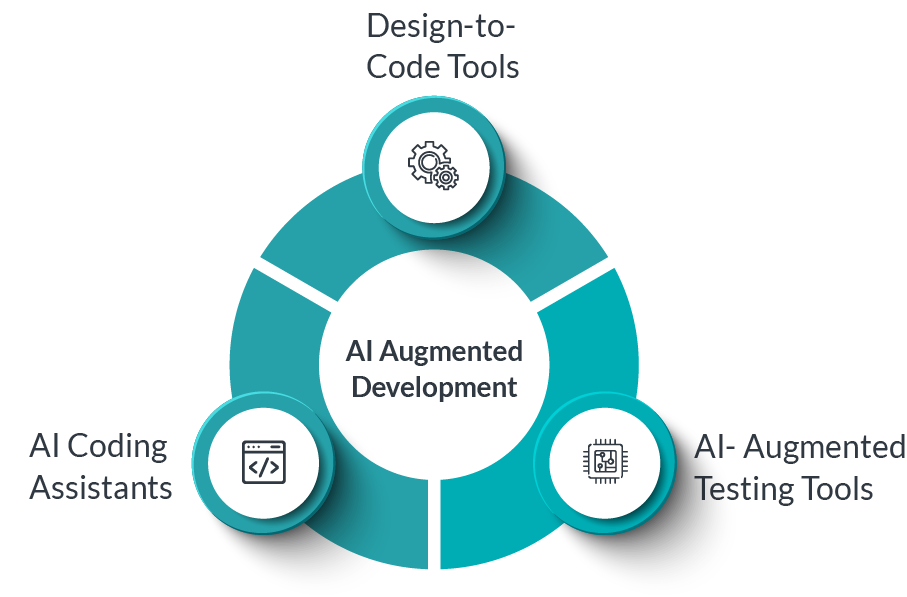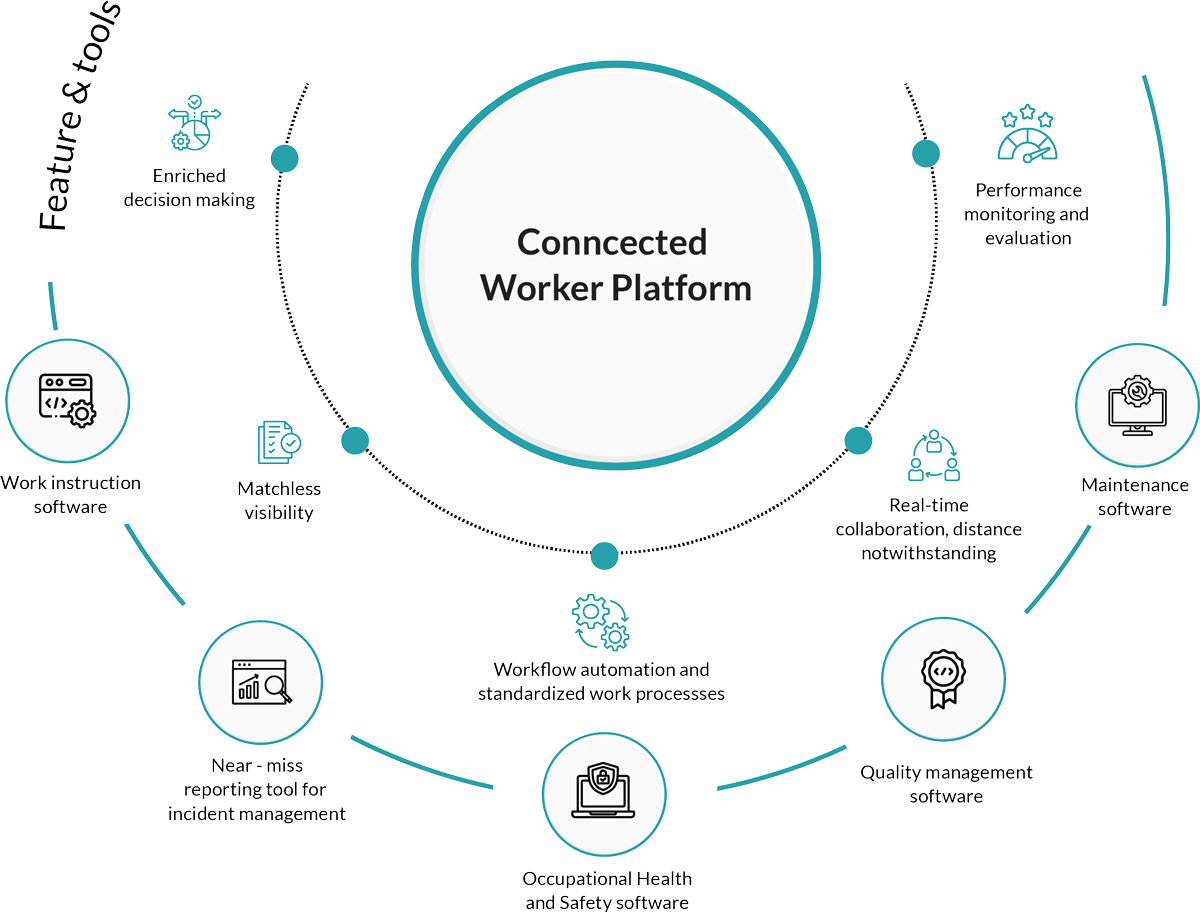As we are slowly getting closer to 2024, the tech landscape continues evolving at an unprecedented pace, shaping how we live, work, and interact. In this dynamic digital era, several key tech trends stand out among the rest. The most exciting part? They all revolve around AI! From Democratized Generative AI to Augmented-Connected Workforce, learn about the trends that we believe will take over 2024 and completely change the world as we know it.
Democratized Generative AI
Democratized generative AI makes advanced artificial intelligence technology accessible to everyone, regardless of their technical background or expertise. This concept aims to break down the barriers that often make AI exclusive to professionals with the in-depth knowledge typically required to master it.
Generative AI is a branch of machine learning that can autonomously create content such as images, music, or text by understanding patterns and learning from data. Imagine an AI system that could generate unique artwork or produce compelling articles just by feeding it relevant information. Democratizing generative AI means empowering more people to tap into their creative potential without mastering complex programming languages or navigating intricate algorithms.
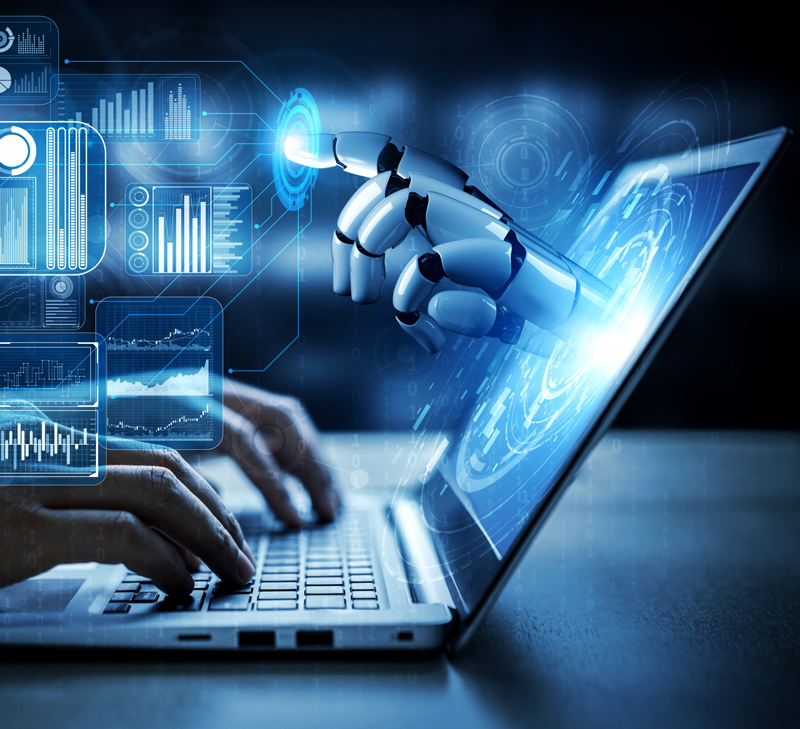

By simplifying the engagement with AI tools, democratized generative AI unlocks new opportunities for individuals and businesses alike. Small companies and independent creators can use powerful algorithms to design innovative products, boost marketing efforts, or streamline their operations. Meanwhile, non-technical users can dive into the world of artificial intelligence without feeling overwhelmed – boosting their creativity, advancing their problem-solving skills, and deepening their curiosity about technology.
Why Is It Important?
In a nutshell, democratized generative AI levels the playing field by offering everyone a chance to harness the power of emerging technologies for a vast range of applications. By bridging the gap between experts and mere mortals, it is expected to encourage innovation and growth in various domains, making our world more connected and exciting than ever before.
AI Trust, Risk and Security Management (AI TRiSM)
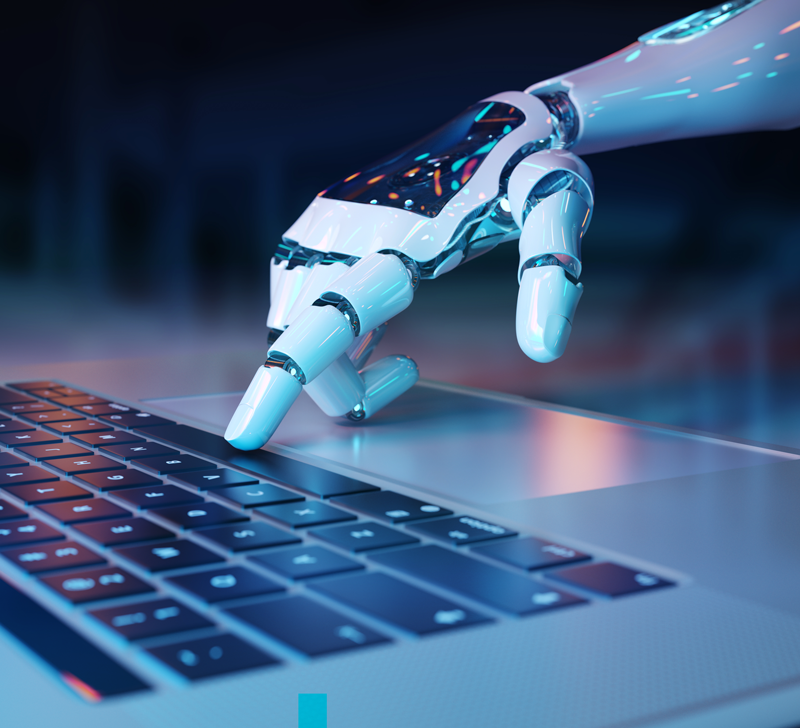

The AI TRiSM program is a crucial aspect of implementing artificial intelligence systems responsibly. It revolves around fostering confidence in AI systems through transparency, reducing risks associated with their use and ensuring the safety of data these systems handle.
Trust in AI relies on the understanding that the technology will work effectively and reliably. Developers must create transparent AI systems that explain their decision-making processes to establish trust. This helps users comprehend how outcomes are reached and increase overall confidence in AI technology. That is especially important for non-tech users who do not understand the background.
Risk management involves identifying potential hazards related to AI implementation and adopting strategies to mitigate them. Risks can arise from algorithmic bias, data privacy issues, or unforeseen consequences of automation. Effective risk management involves addressing these factors by incorporating diverse data sets, designing unbiased algorithms, and assessing the possible social implications of deploying AI solutions.
Security management in the context of AI seeks to protect sensitive information handled by these powerful tools. As AI systems store, analyze, and share vast quantities of data, robust security measures are crucial in preventing unauthorized access or leaks. Some of the security measures used include implementing strong encryption, constant monitoring for threats, and fostering a culture of security awareness among developers and users alike.
Why Is It Important?
AI TRiSM is a comprehensive approach that ensures in-depth AI model management, making it trustworthy, fair, dependable, strong, helpful, and secure. We are talking about next-level solutions and approaches that help us better understand AI technology and ensure data safety while protecting against cyber-attacks.
AI-Augmented Development
AI-augmented development refers to integrating artificial intelligence (AI) into software development processes to enhance, automate, and optimize various aspects of software creation. This innovative approach aims to make developers more productive and efficient by intelligently assessing their work, identifying potential improvements, and providing smart suggestions.
At the core of AI-augmented development lies machine learning algorithms that study vast amounts of data, patterns, and developer behaviors. These algorithms enable AI tools to understand coding patterns, predict errors, and suggest relevant code snippets as developers write their programs. As a result, potential bugs can be identified and fixed earlier in the process, saving time, and reducing the chances of costly mistakes.
Moreover, AI-powered tools can assist developers in understanding complex codes by providing insights into specific modules or lines. This feature helps newcomers contribute faster to a project without extensive prior knowledge.
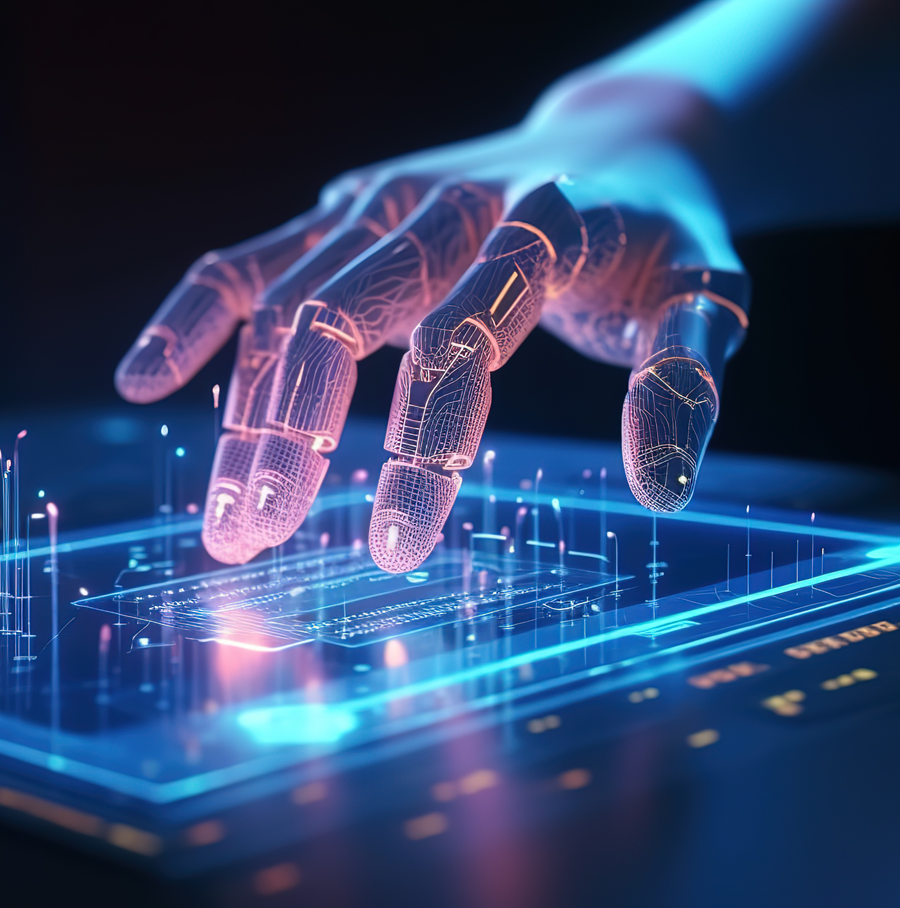
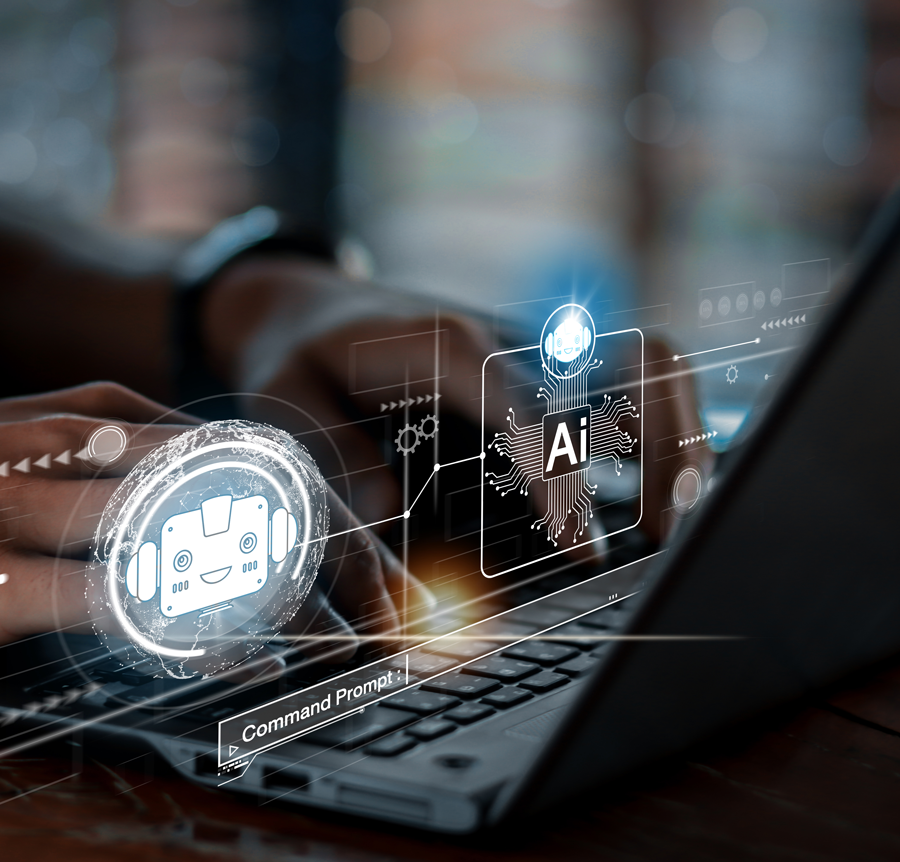
Besides error prediction and code suggestions, AI-augmented development tools can help with other tasks, such as project management and team collaboration. By analyzing user behavior patterns and resource allocation across a team or organization, AI technology recommends optimal workload distribution and identifies areas where resources could be used more effectively.
Why Is It Important?
AI-augmented development enables software developers to be more productive and resourceful by leveraging intelligent solutions in various aspects of software creation. Its diverse applications in error prediction, code completion, workload management, and collaboration enhancement bring speed, efficiency, and reliability to all software development processes.
Intelligent Applications
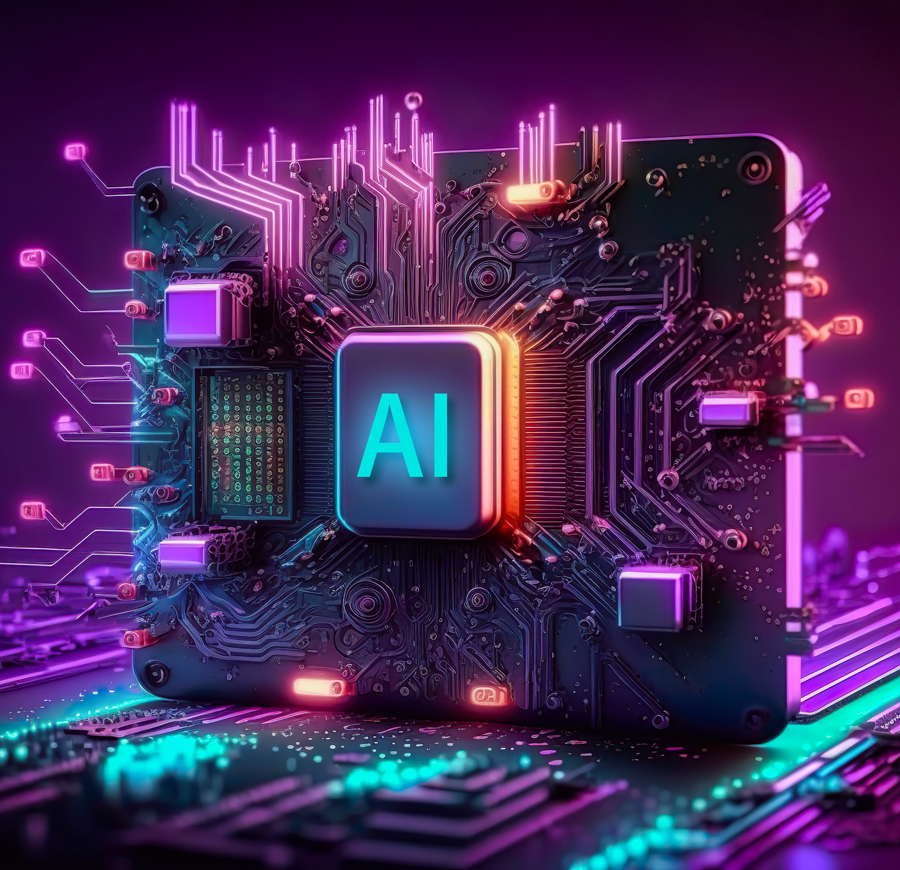
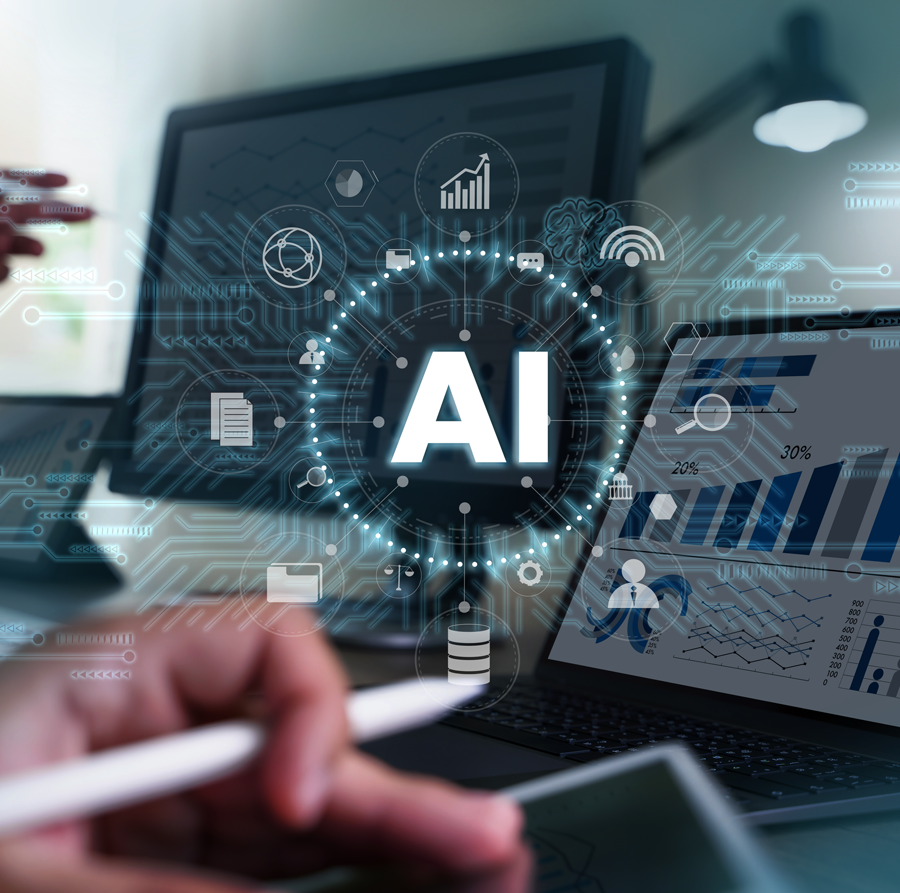
Intelligent applications are software programs that combine various artificial intelligence (AI) and machine learning (ML) techniques to solve problems, make decisions, and enhance user experiences. These applications can analyze data, learn from patterns and trends, and adapt their functionality based on the latest information.
The power of intelligent applications lies in their ability to process large volumes of data quickly and efficiently. By doing so, they can identify patterns and trends that human analysts may need more time to understand. This allows businesses and individuals to make more informed decisions and respond faster to changes.
One of the most common examples of intelligent applications is chatbots. They can understand natural language inputs, improving communication between users and machines. Chatbots can help with customer service inquiries or guide users through technical tasks, personalizing interactions based on the user’s needs.
Another interesting example is recommendation engines. You have likely encountered these systems while online shopping or browsing media streaming platforms. They use algorithms to analyze your preferences, the behavior of other users with similar tastes, and an extensive database of products or content to suggest items that might interest you.
Why Is It Important?
Overall, intelligent applications transform how we interact with technology by making it more intuitive, personalized, and efficient. As AI and ML continue to advance, we can expect these applications to become even more integrated into various aspects of our lives.
Augmented-Connected Workforce (ACWF)
An augmented-connected workforce is a revolutionary concept that transforms how we work and collaborate. It is about leveraging innovative technology to enhance human capabilities, improve productivity, and foster seamless communication across different departments, industries, and even geographical locations.
At its core, ACWF bridges the gap between human expertise and technology’s potential. By utilizing tools like artificial intelligence (AI), machine learning (ML), robotics, augmented reality (AR), and virtual reality (VR), employees can access advanced skills and knowledge on-demand, effectively boosting their performance.


This model offers several benefits. For example, it empowers employees to easily perform complex tasks by providing them with real-time support and training. That improves job satisfaction and helps businesses stay competitive in today’s fast-paced market. It also increases connectivity and enables individuals to collaborate more effectively with team members regardless of their physical location. By breaking down geographical barriers, companies can tap into a global talent pool to find the best individuals for a specific task.
Moreover, by augmenting employees’ skillsets and providing them instant access to valuable information, organizations can reduce errors and improve overall operational efficiency. Furthermore, innovative technologies used in an ACWF environment can help identify areas of improvement and streamline business processes. Lastly, this advanced approach creates a more inclusive work environment, catering to employees’ various abilities and learning styles. It ensures everyone has an equal opportunity to grow professionally and excel in their respective fields.
Why Is It Important?
In short, the augmented-connected workforce model combines human ingenuity and technological advancements to produce results never before seen. This powerful combination leads to enhanced collaboration, increased adaptability, and optimized efficiency and ultimately supports the well-being of all employees.
Do you want to become a part of the dynamic AI world? We got your back! Growth Labs Academy will soon introduce AI courses. Stay tuned for more information!

